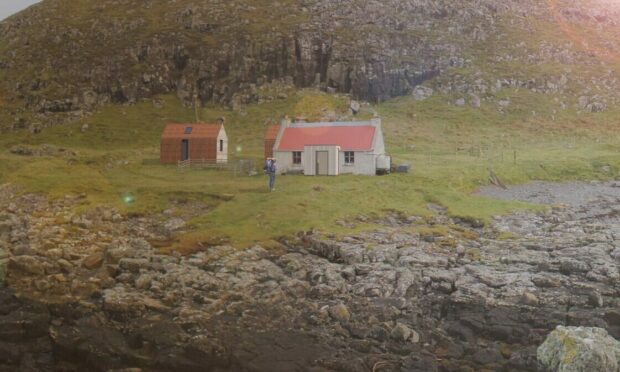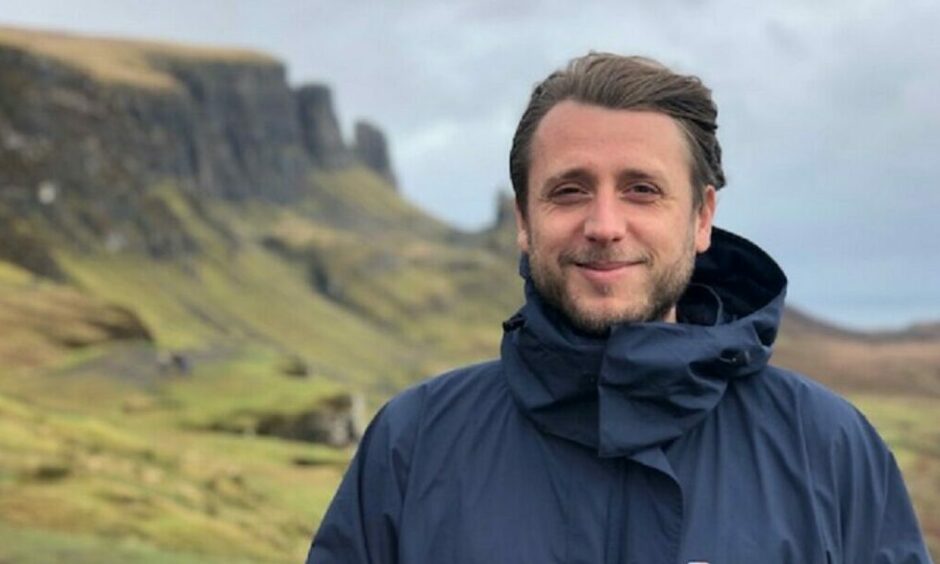An appeal has been launched to provide accommodation for a growing number of visitors to the uninhabited Shiant Islands.
A fundraising campaign aims to raise £80,000-£100,000 to install two bothies on the islands off Lewis, once owned by Whisky Galore author Compton MacKenzie.
The last human residents left the Shiants in 1905, but crofters, birdwatchers, archaeologists, geologists and artists visit regularly.
The islands are one of the most important seabird colonies in Europe.
Around 10% of UK puffins and 7% of UK razorbills breed there every year.
Preserving the islands for future generations
The project will replace the only remaining building, a 150-year-old bothy, with two new ‘artist bothies’, each housing four people.
They will be built off-island and shipped to the Shiants to help maintain visitor facilities for the next 50 years.
Owner Tom Nicholson said: “This project is more than just a fundraiser. It’s an opportunity to be a part of something special.
“With your support, we aim to preserve the breath-taking beauty and cultural heritage of the Shiant Isles for generations to come.”
The fundraising page says that without intervention, the islands faced the “risk of becoming inaccessible and distant, limiting the opportunity for visitors to forge a deep connection with the untamed wilderness.”
It says the existing bothy will struggle to meet the demands of a growing number of visitors.
Without the new accommodation crofters will lack a suitable gathering place, conservationists will have limited facilities to support their vital work and artists and writers will lose an inspiring refuge.
“The islands’ enchanting allure could diminish over time, fading into obscurity as the world moves forward, leaving the Shiant Isles isolated and unexplored.”
Rats threatened islands’ seabirds
The Shiant Islands were bought in 1937 by Nigel Nicolson, who became a writer, publisher and politician.
His son, Adam Nicolson, published the definitive book on the islands, Sea Room, in 2001.
Today, the Shiants are owned by Adam’s son, Tom.
The islands’ seabird population was once threatened by black rats, thought to have arrived from an 18th century shipwreck.
But in 2018, the Shiants were declared rat-free.


Conversation